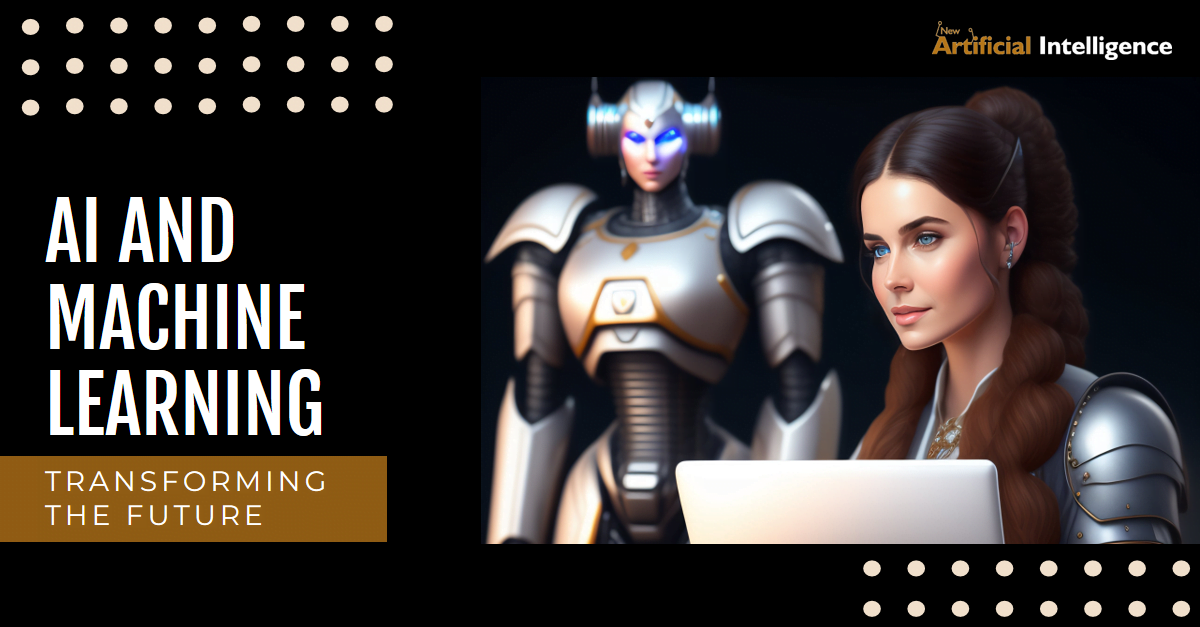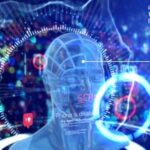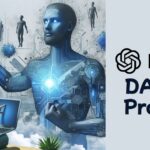AI and Machine Learning
Table of Contents
AI and machine learning (ML) are terms often thrown spherically interchangeably; however, they may not be identical twins. Understanding their versions is crucial for navigating the ever-evolving panorama of eras. So buckle up as we untangle the intricacies of these practical thoughts!
AI: The Mastermind of Intelligence
Imagine a device that can assume, study, and adapt like a human. That’s the essence of AI. It’s a broader umbrella term encompassing any famously innovative tool, including problem-solving, selection-making, or creativity. AI contains diverse strategies, from rule-based, totally honest structures to deep learning algorithms aiming to mimic or surpass human intelligence. Think of it because the final aim is the grand vision of realistic machines.
Machine Learning: The Apprentice of Learning
Machine reading, on the other hand, is a particular approach used to acquire AI. It’s the workhorse, the engine, that powers many AI structures. ML algorithms analyze facts, identifying patterns and relationships without being explicitly programmed. They can check large portions of points, evolve through the years, or make predictions based on their learnings. Think of it as the path to obtaining AI, the training floor on which machines discover ways to anticipate and act intelligently.

So, what is the difference?
Here’s an analogy: Imagine AI as a chef, drawing close to making delicious dishes. Machine learning is like the recipe—the exceptional instructions and strategies used to advantage the favored outcome. You could have one-of-a-kind recipes (ML algorithms) for the identical dish (AI), and each formula may be tweaked and progressed through the years.
Key Differences:
- Scope: AI is the more expansive concept, encompassing any clever device, while ML is a specific approach to acquiring AI.
- Learning: AI can contain numerous strategies that encompass knowledge illustration and symbolic reasoning; at the same time, ML specializes in studying information and improving over time.
- Flexibility: AI systems may be more rigid and rule-based. At the same time, ML algorithms are more adaptable and might look at new statistics.
- Transparency: AI systems may be less apparent in their decision-making tactics, while a few ML algorithms may be more interpretable.
The Symbiotic Relationship:
AI and ML are not warring parties but, alternatively, companions in development. ML presents the gadgets and techniques for machines to observe and adapt. At the same time, AI embodies dreams and defines widespread sensible conduct. They work collectively to push the bounds of what devices can do, paving the way for a destiny in which clever systems are seamlessly integrated into our lives.

The Future Awaits:
As AI and ML comply, we can anticipate even more profound changes in several sectors. From healthcare and finance to transportation and amusement, the one’s era cany to decorate our lives and solve complex, demanding situations. However, it’s crucial to approach this development methodically with caution and duty, ensuring ethical issues and responsible information governance manuals for the improvement and deployment of AI and ML.
So, the next time you pay attention to the terms “AI” and “system studying,” bear in mind that they’re not the same. AI is the dream, the aspiration of clever machines; at the same time, ML is the direction, the toolset that lets us get there. Together, they’re shaping a future in which devices work for us and also study and assume along with us, developing a worldwide network of opportunities beyond our wildest creativeness.
FAQs about AI and machine learning:
Is AI much like tool mastering?
No, AI and tool learning aren’t identical. AI is a broader idea encompassing any device well-known for brilliant conduct. At the same time, tool mastering is a particular approach used to build AI. Think of AI because the purpose of making clever machines and machine-gaining knowledge is one of the gears used to obtain that intention.
Can all AI systems be accomplished through tool study?
Not all AI structures rely entirely on gadgets to gain knowledge. Some AI systems use unique strategies, like rule-based, absolutely complete systems or professional systems, in which know-how is explicitly encoded in preference to information. However, gadget reading is becoming increasingly dominant within the AI region due to its capacity to adapt and feature studies from large datasets.
Who “invents” AI/system-analyzing structures?
AI and device learning are big fields with contributions from infinite researchers and developers. There’s no unmarried inventor, but as an alternative, an international network is jogging collectively to decorate these technologies. Many research institutions, organizations, and individuals contribute to developing new algorithms, devices, and applications.
Will AI take over the arena?
This is a common situation, but most specialists believe it’s no longer likely. AI structures are potent tools, but they lack humans’ general intelligence and consciousness. They excel at precise obligations but must be designed to update humans or take over the arena. The future depends on how we increase and use AI, and responsible use is essential to ensuring its advantages for humanity.
Where can I look for more excellent information about AI and gadget analysis?
There are many resources available for learning more about those captivating fields. Online publications, podcasts, books, blogs, and meetings are all high-quality ways to get started. Many universities and research institutions additionally provide online sources and analysis possibilities. The key is to be curious and find out!












9 thoughts on “AI and Machine Learning: Demystifying the Dynamic Duo”